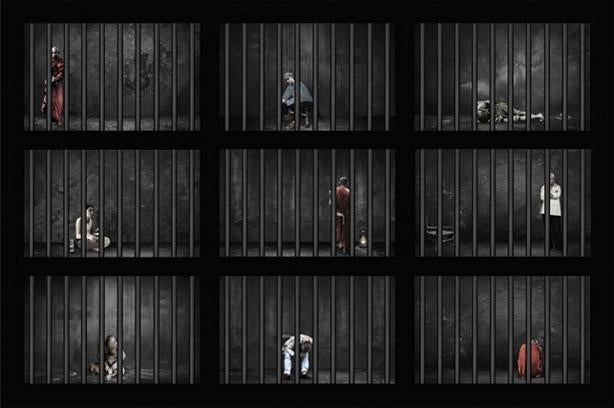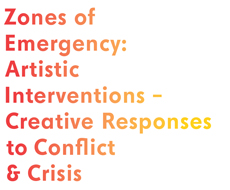Working on the kid’s storytelling kit for the final proposal and exhibition, my contribution lies in the creation of the costume pieces and larger props, including sketching, designing, and gathering materials. Working with Faye and Giacomo, we have been sketching and designing the costume and the prop pieces to ensure a consistent visual language and aesthetic throughout the pieces.
Working in a group began as an intimidating task. As a group focusing more with culture and people, the form of our project arose organically; the project has become an amalgam of all of our interests and strengths. As with any group work, we all had some difficulty adjusting to different working styles, but upon settling on a final product after much discussion, we defined the major components of the project and then began to delegate the components to the group. We are continuing to figure out each other’s working styles, but we are now aware of each person’s responsibility.
Thinking about mythology and folk tales, I began the project reflecting on how traditional narratives can tell whimsical and memorable stories about events such as the creation of the earth and solar system, war, and the creation of elements in the world around us. Mythology and folklore have always piqued my interest. I loved Greek mythology and Japanese folklore as a child. And as the child of Vietnamese refugees, I always enjoyed hearing my parents tell legends and myths. As I grew older, I began to gain interest in Latin American folklore. Storytelling has a way of preserving the traditions and the events in a culture unlike any other form of media. Storytelling evolves with the teller, evolving through time, but also continuing through time.

Hades and Persephone, Bernini 1621-1622
In addition, stories serve as a common ground; a shared experience, a shared knowledge. Myths and folklore across cultures often have similar stories and characters. Stories and myths can unite people, allowing for discussion about other conflicts to be discussed. Often, conflicts worsen due to a feeling of distance, a mutual lack of understanding between two parties and an increasing belief of the difference between them. Upon finding one similarity, the distance decreases, perhaps bringing some basic understanding that the two parties do not differ as much as assumed and facilitating discussions about the greater conflicts at large. This was the strategy behind Nixon’s Ping Pong Diplomacy and the New York Philharmonic’s performance in North Korea.
Upon reading about the difficulty of preserving a sense of community needed to encourage reconstruction in Minamisanriku, I immediately began to think about folklore. As a culture with strong traditions of folklore and mythology, I began to think about how narratives, especially in a culture with a history of continued narratives, could allow the community to feel together again and improve the status of reconstruction for Minamisanriku. And with that interest in the power of narrative combined with Faye’s, Jackee’s, Giacomo’s, and Sei’s interests, our children’s story playtime kit emerged.

The Old Man Who Made Trees Blossom






